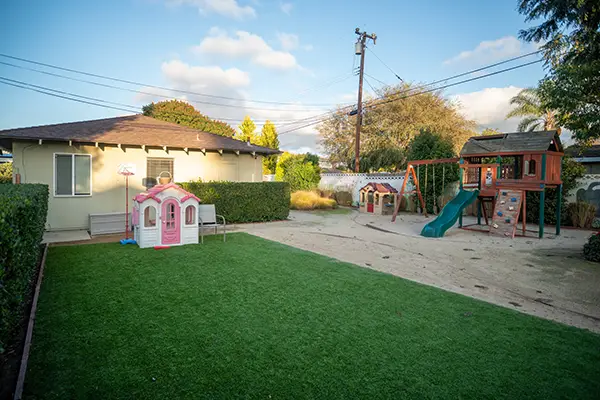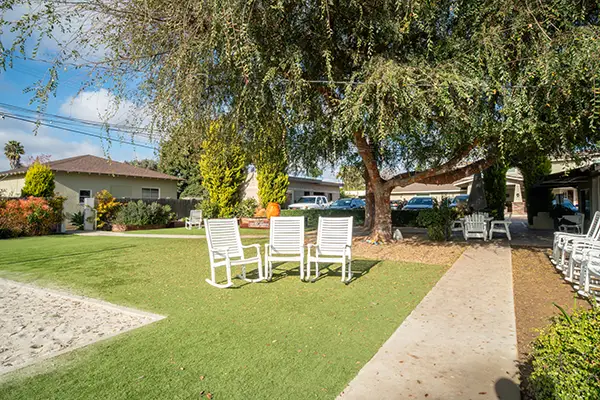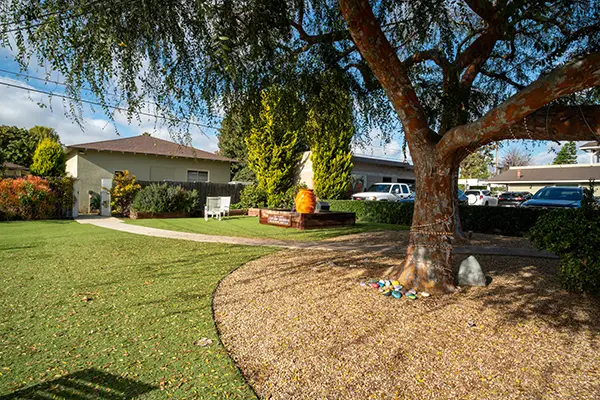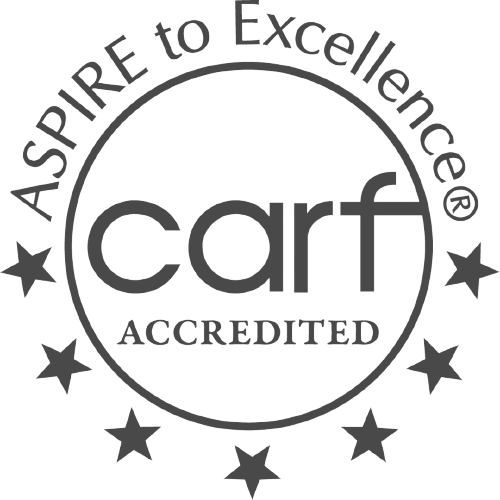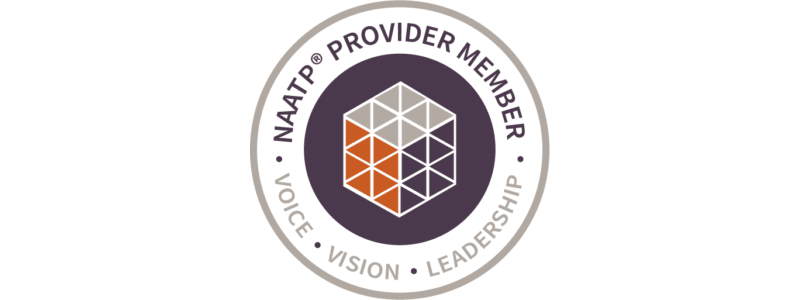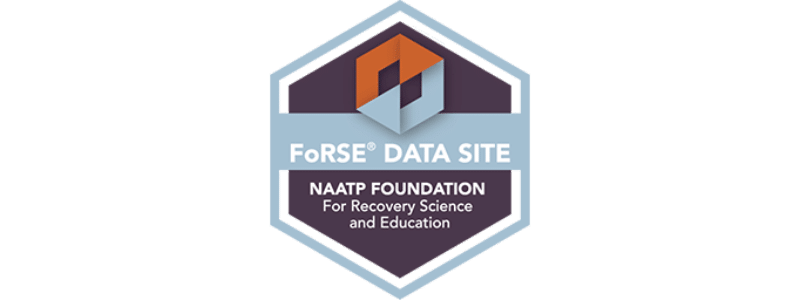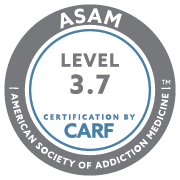Statistics and Figures
 National Information
National Information
Note: All statistics and figures are from the first-ever Surgeon General’s Report on Alcohol, Drugs, and Health from November 2016: https://addiction.surgeongeneral.gov/sites/default/files/surgeon-generals-report.pdf
- One in seven Americans will experience a problem with alcohol or other drug misuse in their lifetimes, and some 20 million have current substance use disorders. Only 10% of people with addictions ever receive any sort of help towards recovery.
- Alcohol misuse contributes to 88,000 deaths in the United States each year; 1 in 10 deaths among working adults are due to alcohol misuse.
- In 2014 there were 47,055 drug overdose deaths including 28,647 people who died from a drug overdose involving some type of opioid, including prescription pain relievers and heroin—more than in any previous year on record. Heroin overdoses were more than five times higher in 2014 (10,574) then ten years before in 2004 (1,878).
- Even though the United States spends more than any other country on health care, it ranks 27th in life expectancy, which has plateaued or decreased for some segments of the population at a time when life expectancy continues to increase in other developed countries—and the difference is largely due to substance misuse and associated physical and mental health problems.
- In 2014, 9,967 people were killed in motor vehicle crashes while driving under the influence of alcohol, representing nearly one third (31 percent) of all traffic-related fatalities in the United States.
- Substance misuse and substance use disorders also have serious economic consequences, costing more than $400 billion annually in crime, health, and lost productivity.
Orange County Information
Note: All statistics and figures are from the 2017 Drug & Alcohol Overdose Hospitalization & Death in Orange County Report by the OC Health Care Agency: https://www.ochealthinfo.com/about/admin/pubs/od
- Orange County drug and alcohol deaths have skyrocketed 82 percent since 2000 and hospitalizations cost more than $100 million a year.
- During 2013-2015, the county averaged about 5,500 drug and alcohol hospitalizations each year, and 700 deaths annually from substance abuse. The most common cause of death was accidental overdoses from prescription opioids such as OxyContin and Hydrocodone.
- Laguna Woods had the highest overdose death rate at 50.8 per 100,000, followed by Dana Point (40.1), Seal Beach (33.8), Laguna Beach (31.4), and San Juan Capistrano.
- More than three-fourths of the victims were white. Male residents had twice the rate of overdose deaths due to drugs and alcohol at 29.5 (per 100,000) compared to females at 14.4 (per 100,000). More women than men died from prescription drugs, but more men than women died from illicit drugs.
- 66.8 percent of deaths involved opioids, factoring in illicit drugs such as heroin.
- The average hospital stay was 4.3 days and cost more than $26,000. Hospitalization costs during the three-year period totaled $430 million.
- The overwhelming number of patients with drug and alcohol problems weren’t teens and young adults, but older people. The report determined that adults age 25 to 64 accounted for 72 percent of all hospitalizations, with the highest cluster between 45 and 54 years old.
Legislation Information
- Americans with Disabilities Act (ADA) of 1990 prohibits private employers, state and local governments, employment agencies and labor unions from discriminating against qualified individuals with disabilities in job application procedures, hiring, firing, advancement, compensation, job training, and other terms, conditions, and privileges of employment. Alcoholism and drug addiction both are disabilities under the ADA.
- The ADA and the Fair Housing Act (FHA) forbids discrimination in housing based upon disabilities. Because “disability” has been interpreted as including individuals recovering from drug and/or alcohol addiction, discriminatory housing practices involving recovering addicts is forbidden. Sober living homes function under the belief that housing addicts in an environment that fosters recovery, such as low-crime, single family neighborhoods, is essential to the success of any addict’s treatment.
- California Rep. Darrell Issa, who represents the 49th congressional district and San Clemente, introduced a bill in Jan 2017 that would amend the FHA and ADA to regulate sober living homes. So far, five California Republican members of congress have co-sponsored the bill along with one Massachusetts Democratic congressman.
- The Mental Health Parity Act of 1996 (MHPA) provided that large group health plans cannot impose annual or lifetime dollar limits on mental health benefits that are less favorable than any such limits imposed on medical/surgical benefits.
- The Patient Protection and Affordable Care Act, often shortened to the Affordable Care Act (ACA) or nicknamed Obamacare, was signed into law on March 23, 2010.
- 10 Essential Benefits: The Affordable Care Act requires non-grand fathered health plans in the individual and small group markets to cover essential health benefits (EHB), which include items and services in the following ten benefit categories: (1) ambulatory patient services; (2) emergency services; (3) hospitalization; (4) maternity and newborn care; (5) mental health and substance use disorder services including behavioral health treatment; (6) prescription drugs; (7) rehabilitative and habilitative services and devices; (8) laboratory services; (9) preventive and wellness services and chronic disease management; and (10) pediatric services, including oral and vision care.
Southern California Sober Livings & Climate
- There are currently no licensing or certification requirements in California for sober homes to operate. Non-licensed facilities must comply with city regulations, such as adhering to a 650-foot distance requirement between all sober living homes, and following a series of protocols when evicting drug and alcohol patients.
- Costa Mesa is the city with the 2^nd^ most drug rehabilitation facilities in the state (Malibu is 1^st^). Costa Mesa is home to 20 percent of state-licensed sober-living homes in Orange County, but only has 3 percent of the county’s population. Costa Mesa has 79 state-licensed facilities and around 100 that are non-licensed. The Southern California region is home to 1,117 licensed rehab centers, a number that doesn’t include thousands of unlicensed sober living homes.
- There are just 16 inspectors, working in an office in Sacramento, to monitor nearly 2,000 rehab centers in California.
- NIMBY (Not In My Backyard): For years, residents have complained about the unintended consequences arising from sober-living homes in their neighborhoods. Complaints include an uptick in noise, littering, homelessness and crime, such as vehicle break-ins, and that sober-living operators have sacrificed their residents in favor of their bottom line.
- From 2013 to 2016, consumer complaints about licensed rehab centers nearly doubled, from 266 to 509 per year, according to state regulators.
Unethical, Business Practices by Bad Operators
- Call Centers and unethical marketing: there are hundreds of 1-800 “dial a rehab” call centers, employing untrained “counselors” sales people who work on commission. The going rate for patients is $500-$5,000 depending on what kind of insurance they have, paid for by unethical treatment centers. This is illegal in every state and a form of human trafficking. These call centers are fueled by companies with huge marketing budgets, able to launch many websites and ‘steal’ reputable companies’ logos, descriptions, to funnel calls from family members in crisis into their system.
- Under ACA, insurance companies are required to pay for substance use disorder treatment. Through Covered California, insurance can be purchased the day you arrive from out of state. Rehab centers use huge marketing budgets (TV, Radio spots) and “body brokers”/”junkie hunters” – to convince addicts from around the country to come to Southern California to get clean. Some rehab centers pay for a one-way ticket to California, and sign them up for insurance. During their stay, unethical operators run up daily medical bills, covering everything from detox monitoring to psychological counseling, while providing little or no real effective treatment services. Bills for each addict can be hundreds of thousands of dollars.
- Urine drug screens are sometimes ordered at labs owned by the owner of the rehab center, a circular business that can generate insurance bills of more than $1,000 a day. In some programs, street drugs are made available to patients so they can start the whole expensive process again, according to court documents and state records.
- Some operators have been known to engage in “curbing,” the practice of evicting residents — most of whom come from another state — onto the street with nowhere to go and almost no resources to assist them. Evicted drug and alcohol treatment patients are the fastest contributors to the city’s homeless population, according to Costa Mesa city officials.
Payers (insurance companies) deny access to care despite Parity Law
- In appealing behavioral health claims, we need to address why the patient is there for so long. Addiction disrupts whole sections of the brain, reducing executive functioning while increasing tolerance to the harmful substance, according to the U.S. Surgeon General’s report. There’s evidence that these changes in the brain persist long after substance use stops.
- 29% of patients reported having a mental health claim denied based on medical necessity, versus 14% of patients for purely medical claims, according to a 2013 survey reported in JAMA Psychiatry.

